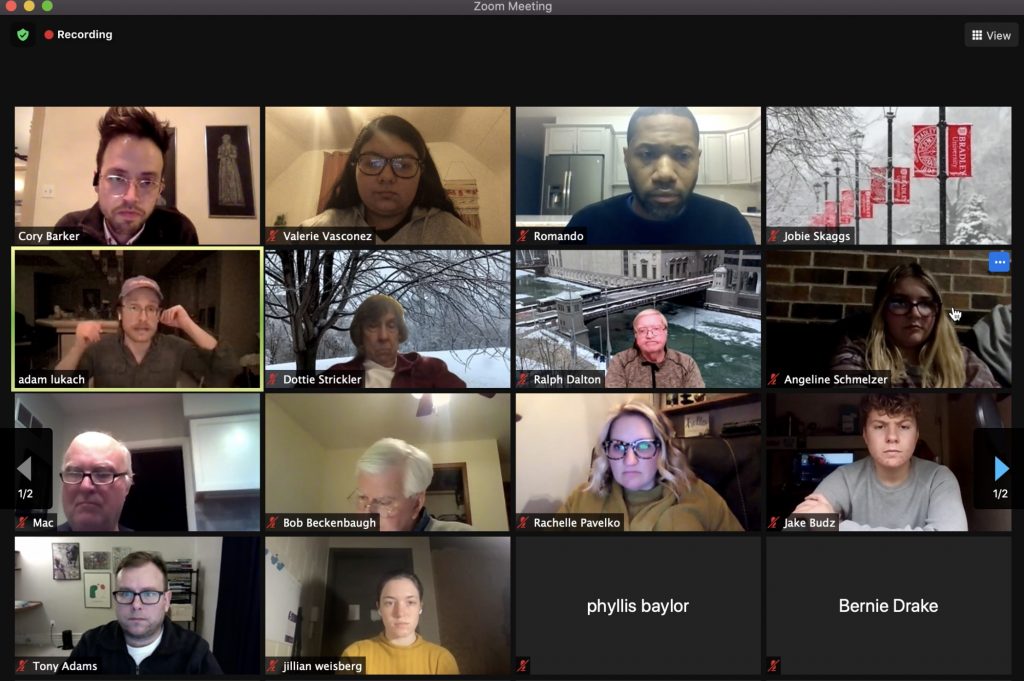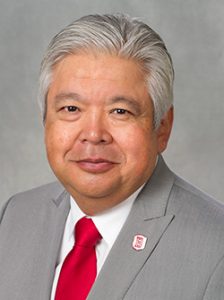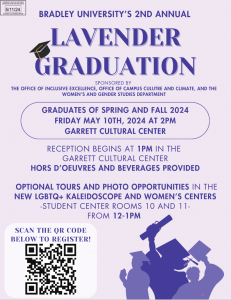
While most of the United States had come to a pause in March of 2020, the world of journalism experienced an awakening.
COM Connect invited journalists Romando Dixson from the Peoria Journal Star and Adam Lukach from the Chicago Tribune to discuss this phenomenon and reporting in the COVID-19 pandemic with the Bradley community.
Dixson had started a new position as the executive editor for the PJ Star in June 2020, when the newspaper staff had moved to a remote work environment. Lukach is a food and wine reporter in the Chicago area and has seen local restaurants go from thriving to now struggling to stay open.
“It’s changed the dynamic of your job, both with your colleagues and your sources dramatically,” Dixson said. “You’re just lacking that interaction that you’re used to and if you have a family or a spouse or children, that adds another layer to working from home and can complicate things as well.”
Despite the remote environment of newsrooms presenting its own challenges, most journalists found themselves refining a skill: versatility. This was especially applicable to reporters who regularly covered in-person events, such as sports.
Dixson said most news outlets had turned sports writers into news writers. Most contact sports had to come to a pause, and the attention went to the public’s basic concerns that they wanted addressed.
However, Lucakh said that these adjustments shouldn’t be an issue.
“If you’re a good reporter, you’re a pretty intersectional reporter, regardless of the pandemic,” said Lucakh. “Obviously you can’t tell every story all the time [but] if you’re writing a story you’re getting an appropriate amount of context every time.”
The uncertainty at the start of the pandemic caused the public to turn to news about health and the virus, Dixson said. Both reporters said the public was turning to officials for any updates they could give their readers.
Chicago Tribune had a 115 percent rise in readership at the start of the pandemic, according to Lucakh.
“People wanted to know really simple stuff like, ‘how can I catch this,’ ‘do I need to wear a mask,’ ‘where is it safe to go,’” Lucakh said. “When the shelves were empty at grocery stores — ‘where can I get food,’ ‘where can I get supplies.’”
Stories from the Chicago Tribune had “question-and-answer” formats to give readers basic information in a concise manner. In the food section that Lucakh contributes to, reviews turned into takeout lists.
While the public can look for information, the matter of trust has been complicated. While readers can trust it, there are others who have a distrust in the government, the vaccine and “fake news,” Dixson said.
“I think … the bigger issue is sometimes, do they even care what you say?” Dixson said.




